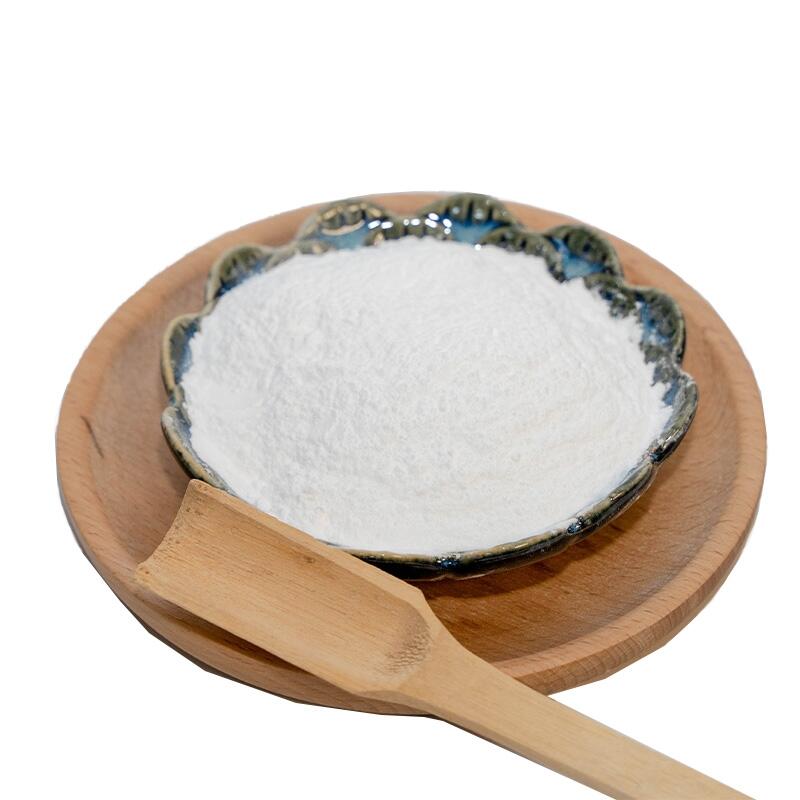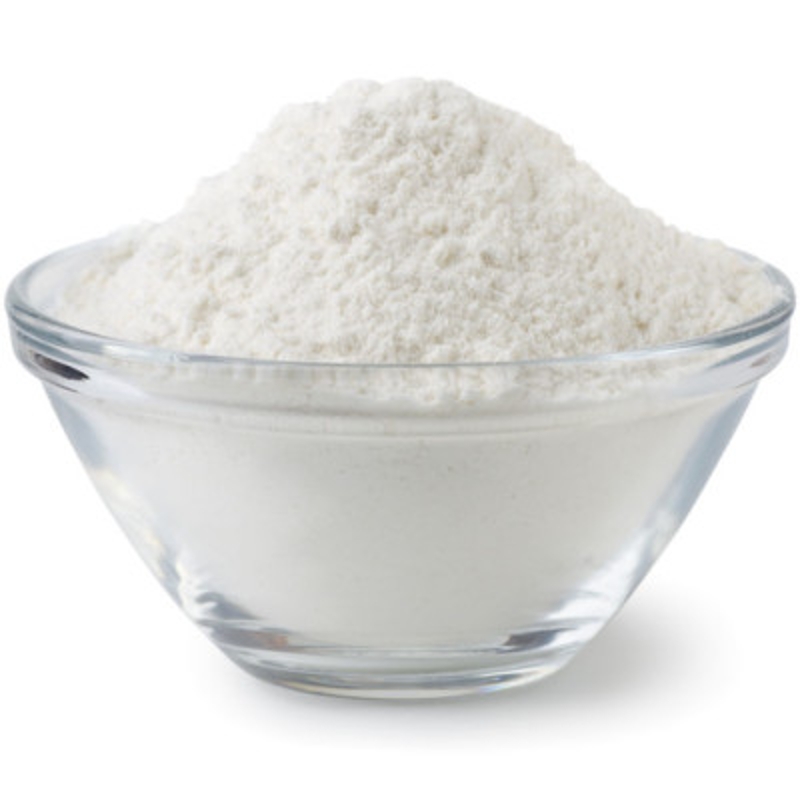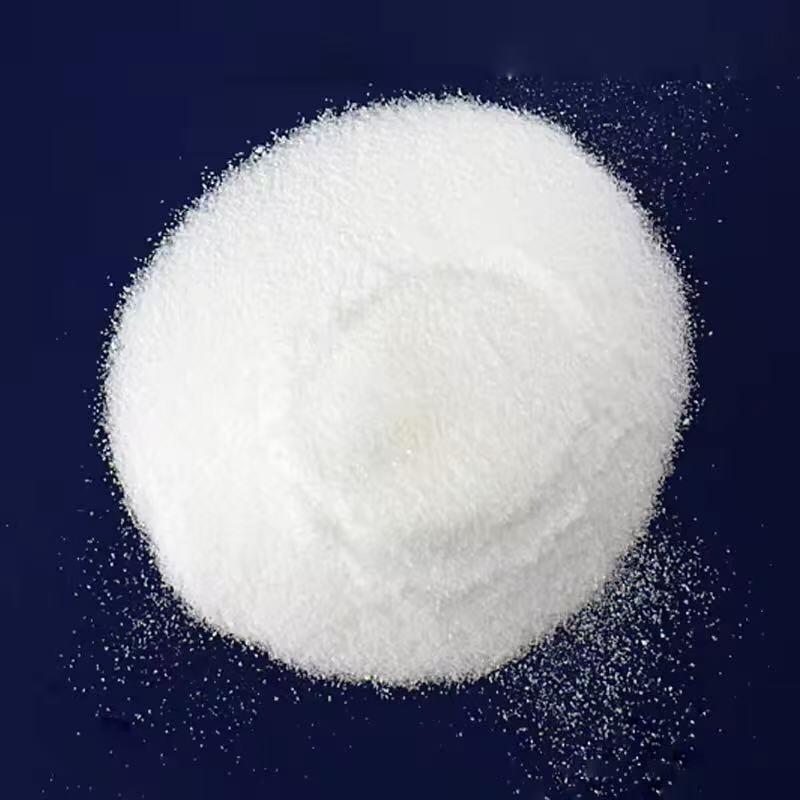What are the properties of calcium propionate
-
Last Update: 2019-03-09
-
Source: Internet
-
Author: User
Search more information of high quality chemicals, good prices and reliable suppliers, visit
www.echemi.com
Introduction: calcium propionate, as a mold inhibitor for feed, is mostly used for protein feed, bait feed, full price feed and other aquatic animal feeds It is an ideal mold inhibitor for feed processing enterprises, scientific research and other animal feeds What are the properties of calcium propionate? Let's learn more about it with the small edition of Baibai safety net Calcium propionate is prepared by the reaction of propionic acid with calcium hydroxide or calcium carbonate: generally, calcium hydroxide is used as raw material in industry Calcium hydroxide is adjusted into suspension in reaction pot, propionic acid is added, reaction temperature is kept at 70-100 ℃, reaction time is 2-3 hours, and pH value of reaction end point is controlled at 7-8 Filter the reaction materials and dry them to get the finished product Do you know the properties of calcium propionate? Calcium propionate is white crystal or white crystal powder or particle, odorless or with slight propionic acid odor Calcium propionate used as food additive is a water salt, stable to water and heat, hygroscopic, soluble in water, 39.9g/l00ml (20 ℃), insoluble in ethanol and ether Adding the same amount of dilute sulfuric acid into 10% calcium propionate aqueous solution, heating can give out the special smell of propionic acid Calcium propionate is alkaline, and the pH value of its 10% aqueous solution is 8-10 The antiseptic property of calcium propionate is the same as that of sodium propionate The effective dose of calcium propionate is smaller than that of sodium propionate, but it can reduce the effect of chemical bulking agent, so sodium propionate is commonly used However, the advantage of calcium propionate is that calcium propionate can be used to supplement calcium in pastry, bread and cheese Calcium propionate can inhibit the propagation of Bacillus subtilis during dough fermentation The minimum inhibitory mass fraction is 0.01% when pH value is 5.0, 0.188% when pH value is 5.8, and the optimum pH value should be lower than 5.5 The above is a brief introduction to the performance of calcium propionate There is a lot of knowledge about food additives in this website's food safety knowledge base Interested friends can continue to pay attention to it, so that our family can eat more reassuring food Editor in charge: Zhang Xiaofu
This article is an English version of an article which is originally in the Chinese language on echemi.com and is provided for information purposes only.
This website makes no representation or warranty of any kind, either expressed or implied, as to the accuracy, completeness ownership or reliability of
the article or any translations thereof. If you have any concerns or complaints relating to the article, please send an email, providing a detailed
description of the concern or complaint, to
service@echemi.com. A staff member will contact you within 5 working days. Once verified, infringing content
will be removed immediately.







